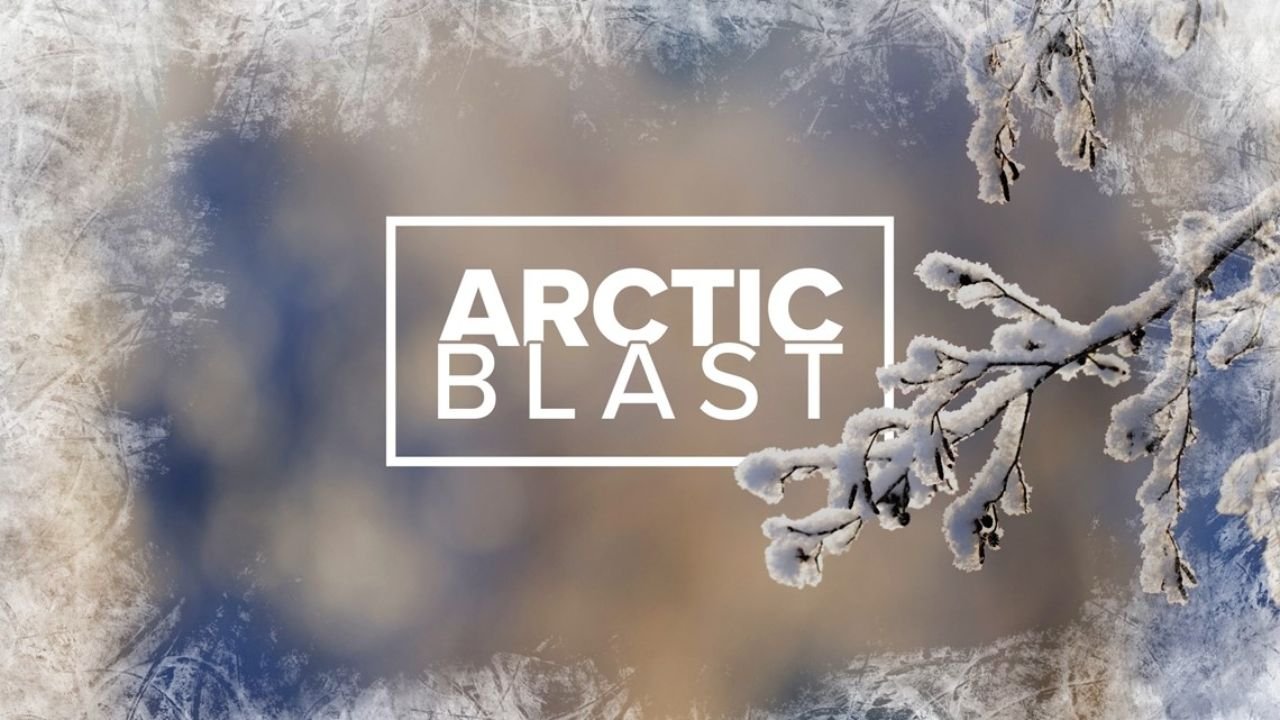Vermont Braces for Dangerous Arctic Blast as I-89 Drivers Warned of Freezing Early-December Conditions

MONTPELIER, VT — Vermont is preparing for a dangerous Arctic outbreak beginning Saturday, November 30, bringing the state’s first major freeze of the season and creating hazardous travel conditions along Interstate 89. The early-December blast is expected to drop temperatures into the single digits, freeze roadways overnight, and produce subzero wind chills across much of the region.
Forecasters warn that the sudden shift from recent mild fall weather into full winter conditions could catch travelers off guard — especially morning commuters along the I-89 corridor from Burlington to Montpelier and south toward White River Junction.
Drivers on I-89 Should Expect Black Ice and Sharp Temperature Drops
Weather models show that any leftover moisture on pavement will rapidly freeze as nighttime lows fall into the single digits. By Monday morning, temperatures may struggle to reach the mid-20s even in daylight, preventing melting and leaving persistent icy patches on bridges, overpasses, and shaded roadways.
The National Blend of Models (NBM) indicates this cold surge will be part of a broader pattern affecting the entire northern U.S., with Vermont sitting in one of the coldest zones.
The biggest hazard for drivers will be rapidly forming black ice during the early-morning hours:
- Sudden loss of traction
- Unexpected slick patches
- Limited visibility in blowing snow north of Montpelier
Transportation officials emphasize slowing down and increasing following distances to avoid weather-related collisions.
Meteorologists Warn of Subzero Wind Chills
The National Weather Service reports that Arctic air will sweep south out of Canada, delivering the first widespread cold outbreak of the winter season. The Climate Prediction Center projects a 50–70% chance of below-average temperatures across Vermont through the first week of December.
By Monday, wind chills in northern Vermont — particularly across Coös County and the higher terrain of the Green Mountains — could fall below zero, creating dangerous cold for anyone outdoors for more than a few minutes.
“Wind chills falling below zero can create dangerous conditions for anyone without proper winter clothing,” forecasters said in an early-week briefing.
Timeline of the Arctic Outbreak
- Saturday, Nov. 30: Cold air begins descending into Vermont
- Sunday, Dec. 1: Overnight temperatures plummet; icy spots possible
- Monday–Wednesday, Dec. 2–4:
- Lows in the single digits
- Wind chills below 0°F
- Daytime highs stuck in the 20s
- Late week: Continued below-average temperatures; scattered snow showers possible
This sharp chill will set the tone for early December, signaling the official arrival of winter across New England.
Why This Cold Snap Matters
Meteorologists say this Arctic outbreak is especially disruptive because it arrives before Vermont residents and infrastructure have fully transitioned into winter mode.
Key concerns include:
- Heating systems under strain
- Higher risk of roadside emergencies
- Early-season black ice before winter road treatments increase
- Large temperature contrasts with the still-warm southern U.S.
- These contrasts can trigger sudden storm development
The potential for freezing temperatures statewide means residents should inspect vehicles, prepare emergency kits, and review safe-driving practices.
Safety Tips for Vermont Residents and Travelers
Officials advise preparing now:
- Dress in multiple layers with insulated gloves, hats, and waterproof coats
- Check antifreeze levels, batteries, and winter tires
- Keep emergency blankets, food, and water in your car
- Allow extra time for morning commutes on I-89
- Watch for icy bridges and overpasses prone to freezing
- Follow updated NWS alerts throughout the week
Even short exposure to severe wind chills can lead to frostbite or hypothermia.
Conclusion
As Vermont braces for its first significant Arctic blast of the season, drivers — particularly those traveling along I-89 — should expect a challenging week ahead. With subzero wind chills, icy roads, and freezing temperatures, early-December travel will require caution, preparation, and close attention to weather updates.
How are you preparing for this early-winter cold wave? Share your experiences with ChicagoMusicGuide.com below.
